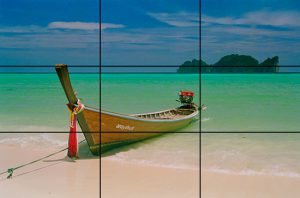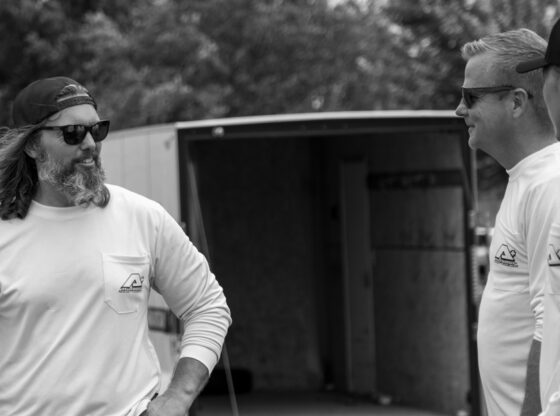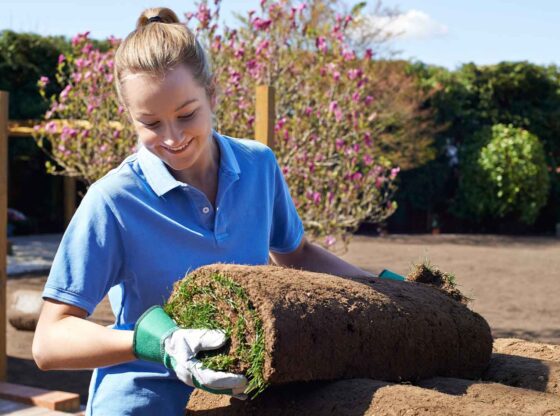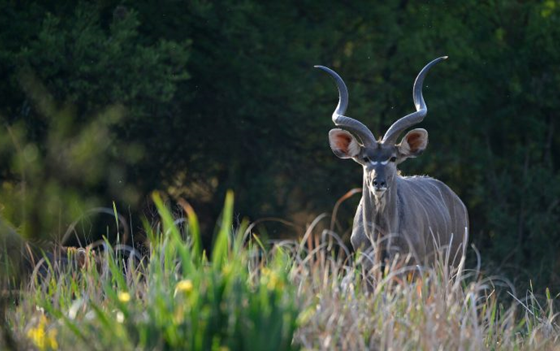You just finished a big project and it looks great. But, you go to snap a picture and it just doesn’t look the same. You’re proud of your work, so you need to show it off! Here are some quick tips to taking better pictures of your projects.
Why Take Pictures
 Taking pictures of your work before, after and during is important for many reasons. Documenting your progress and success proves to be a great tool when trying to get new clients. Clients will believe pictures over your word when it comes to your abilities.
Taking pictures of your work before, after and during is important for many reasons. Documenting your progress and success proves to be a great tool when trying to get new clients. Clients will believe pictures over your word when it comes to your abilities.
Also, when you take a picture you should have a good platform to display them. A website and social media are great places for customers to investigate your work, but on your terms. Think of it this way: if you messed up a project once 5 years ago, and you haven’t established an online presence, the first thing that will pop up in a Google search for your company could be the poor photos your unhappy client posted way back when.
If you prefer to not be online, you can still use photos of jobs for sale. Come ready to meet a potential client with an iPad or other mobile device that can display photos clearly. Make sure pictures are organized in folders that make since to what a customer may ask to see. Such as by type of projects like: irrigation, water feature, mowing, lawn work, etc. This will make you seem more organized and prepared when clients ask you questions.
Here are some tips on how to capture the essence of your work and how to compose better shots.
Lighting
Lighting is one of the most important things to consider when you take a picture. It is best to take your shots either in the early morning or the evening light. Taking pictures at noon on a bright sunny day washes out vibrant colors and creates harsh contrast between dark and lights.
The eye is naturally drawn to the brightest point in a photo, so pay attention to what is bright in the viewfinder. If there is something brighter than your intended subject, zoom in or relocate to a different vantage point to eliminate the distraction.
Rule of thirds
 The rule of thirds is a well know photography concept. The principle involves dividing a shot into thirds with what looks like a tic-tac-toe board.
The rule of thirds is a well know photography concept. The principle involves dividing a shot into thirds with what looks like a tic-tac-toe board.
When you choose to place your subject in one of these four intersecting lines it helps make the photo look more dynamic and balanced. Even though you’d think people would automatically look at the center of the photo, studies have shown these intersecting points are where a viewer naturally looks.
If you are using a digital single lens reflex (DSLR) camera, most allow you to turn on these grid lines in the viewfinder or the LCD screen. You can even turn grid lines on your iPhone by going to Settings, Photos & Camera and then switching on Grid.
Framing
In the landscape, you will often find a structure of some kind that can serve as natural framing for your shots.
This is another technique that brings the viewer’s eye to your intended subject. Framing shots can be intriguing because doing so tends to provide depth and layers to the photo, inviting your audience to wonder what is beyond.
However, just because you can frame a shot doesn’t mean you should. Ask yourself if the framing will add or detract from the photo. If it makes the image seem cramped and unappealing, even distracting, then set aside framing for another shot.
Variety
 With gardens and landscapes, there is generally a lot to take in. This is why a variety of shots, both vertical and horizontal, need to be taken.
With gardens and landscapes, there is generally a lot to take in. This is why a variety of shots, both vertical and horizontal, need to be taken.
By mixing up viewpoints, you can change your background and find interesting perspectives. Even when you’re taking lots of pictures try to keep quality in mind. Don’t rush your shots. It may take several minutes to actually see the landscape. Having an array of angles and types of pictures will make them more engaging.
Tripod
A tripod is the basic necessity when taking quality photos. Tripods enable you to gain a better depth of field, and you can compose your shots more carefully. What’s more, a tripod lets you take steady photos that come out incredibly sharp.
While having a tripod isn’t mandatory for everyday shots for social media, you’ll want one for taking quality images for your marketing campaigns.
Don’t Wait
 Now is the time to get pictures, while you’re busy. Yes, the busy season is when you have the least amount of time. However, it’s also the best time as you’ll have far more opportunities to take good, quality pictures. Get before and after shots. Get pictures of your crew working. Get pictures of finished projects. Get pictures of your truck loaded with gear. Just get those pictures!
Now is the time to get pictures, while you’re busy. Yes, the busy season is when you have the least amount of time. However, it’s also the best time as you’ll have far more opportunities to take good, quality pictures. Get before and after shots. Get pictures of your crew working. Get pictures of finished projects. Get pictures of your truck loaded with gear. Just get those pictures!












